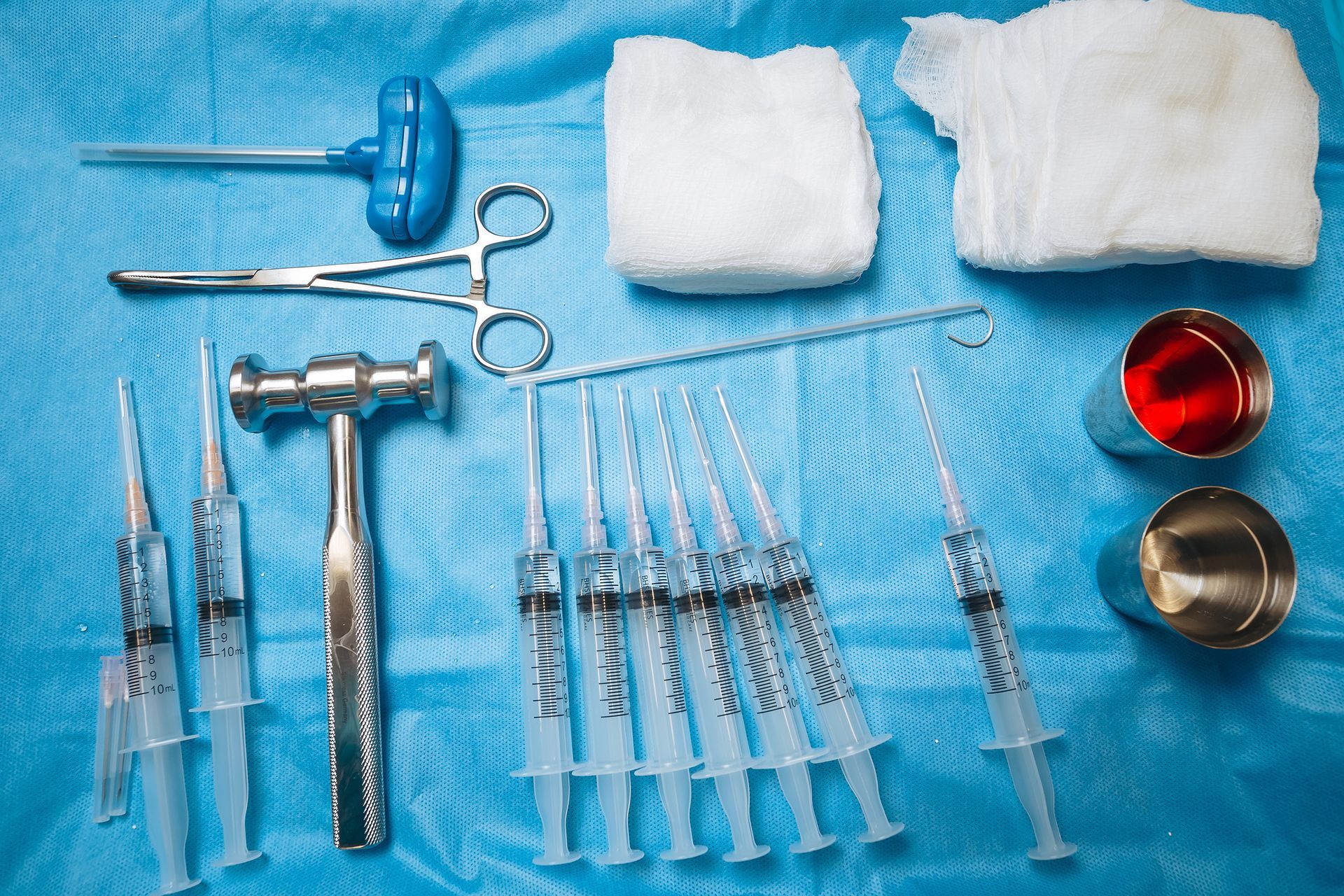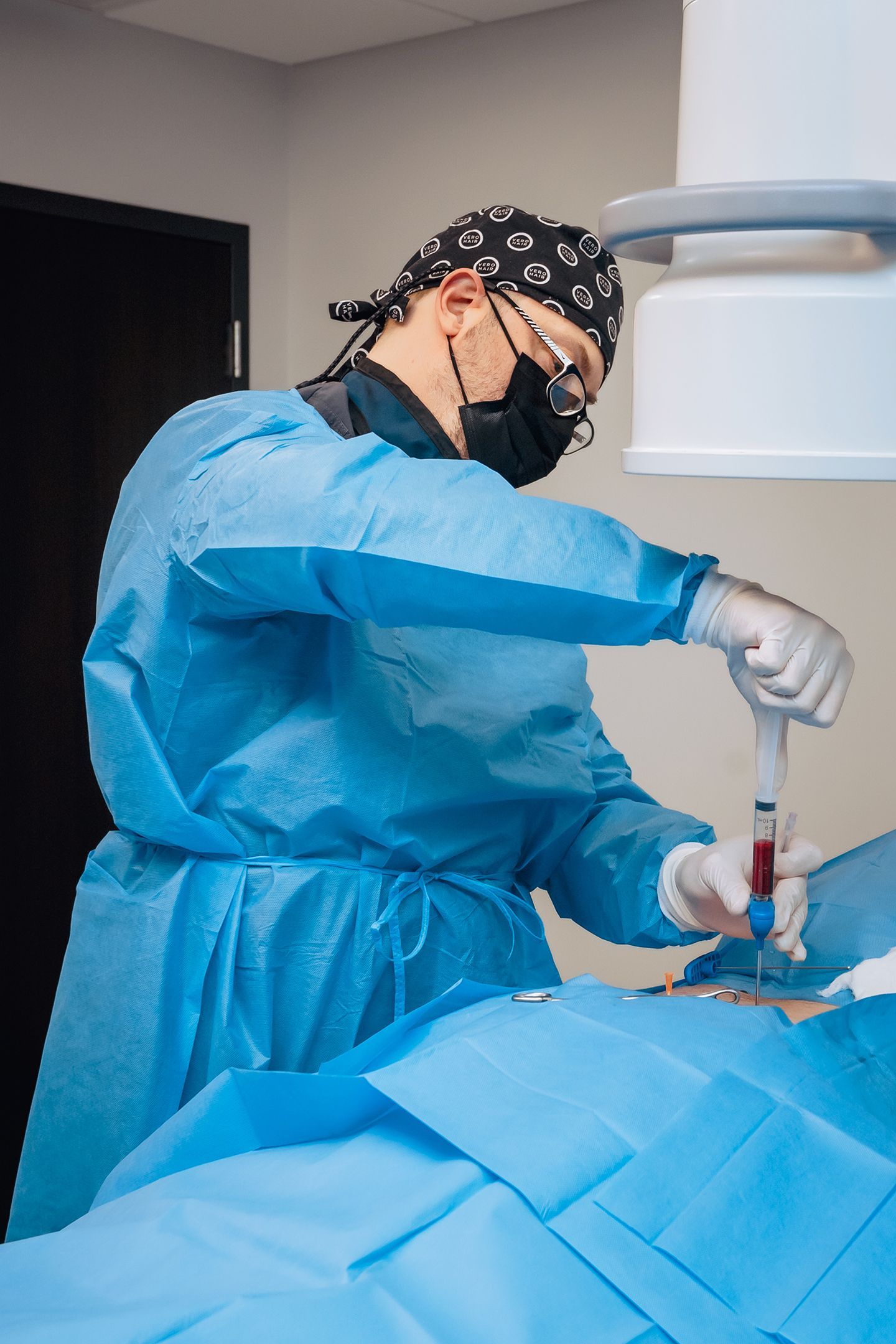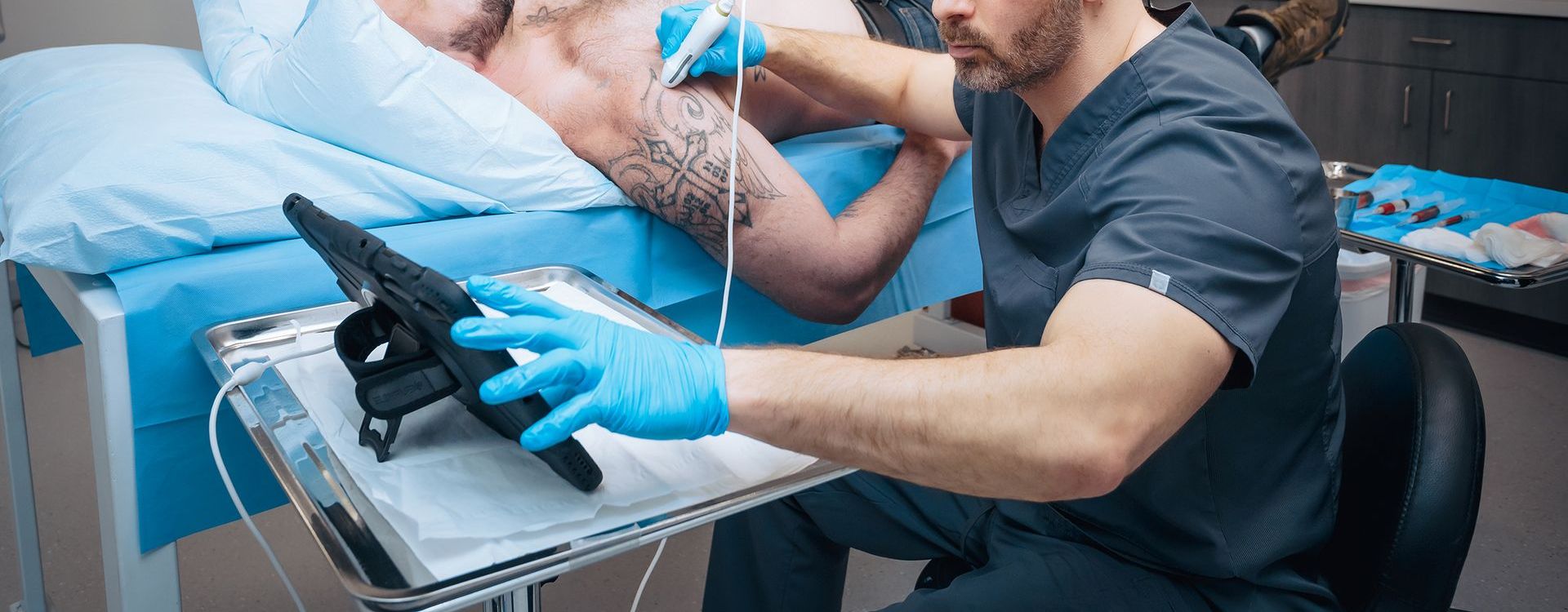Stem Cell Treatment for
Back Pain
SCHEDULE A FREE phone CONSULTATION
WITH a Doctor
Lower Back Pain Page
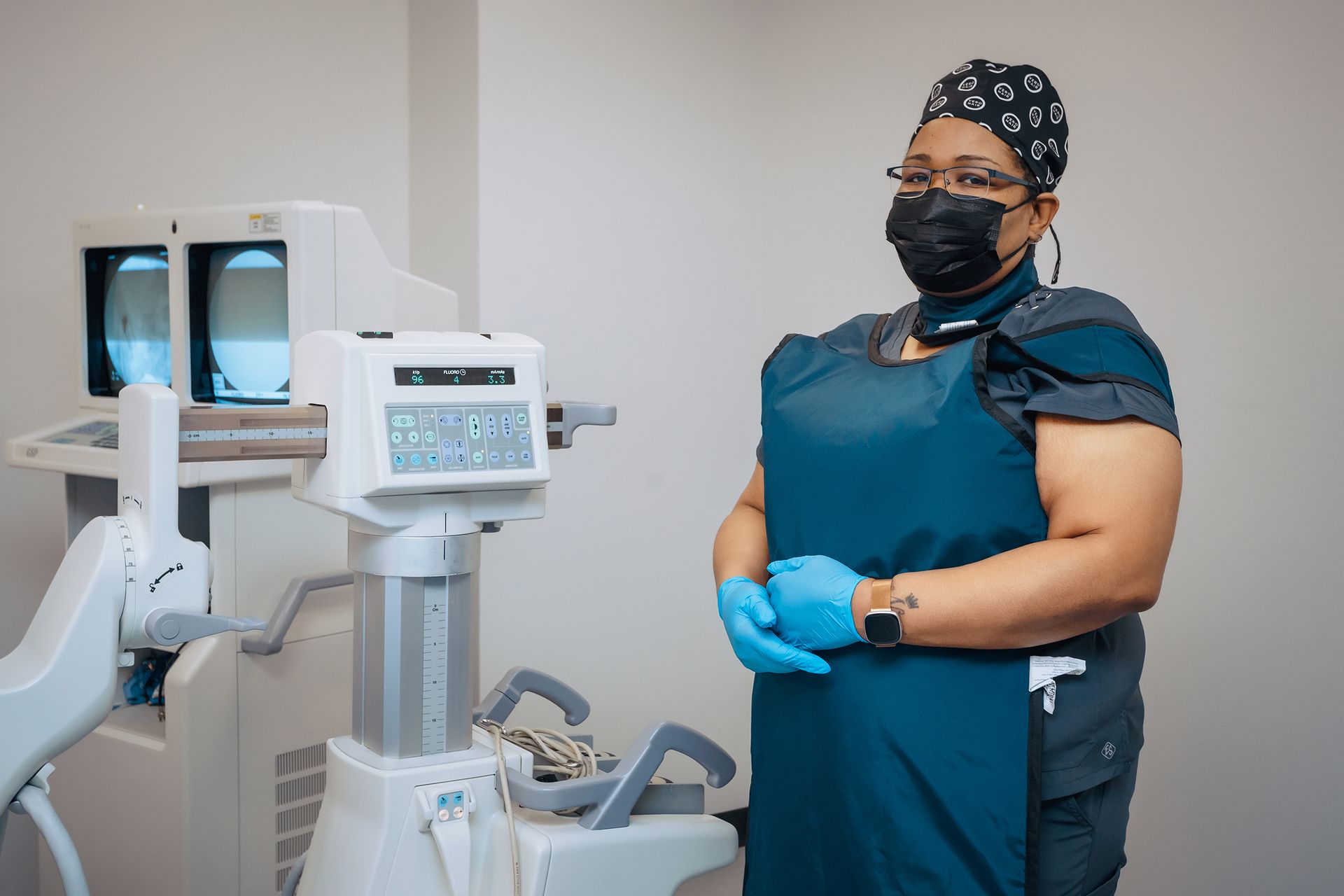
Stem Cell Therapy for Back Pain in Wisconsin
Neck and back pains are among the most frequent, yet the most ignored ailments that affect the human body. In 2016, it was estimated that almost 29% of adults in the United States had experienced lower back pain for over three months. What’s worrying is that almost half of these people tend to ignore the symptoms, and pop painkillers when the pain gets severe. Do you need to suffer a decreased quality of life due to lower back pain? We, at Spectrum Stem Cell and Regenerative Medicine Center, believe that you should enjoy life at your fittest – and so we offer the best of cutting-edge technology in regenerative medicine – stem cell therapy for lower back pain.
What’s Causing My Lower Back Pain?
The spine is made up of many bones called vertebrae, which are separated from each other at discrete levels by flexible cartilage discs. As we get older, these discs can degenerate and get torn or dehydrated. Although this can happen in any individual, injuries, extensive sports, and arthritis can accelerate the degeneration and bring on pain. This condition is called ‘intervertebral disc disease’. Sometimes, the disc can bulge out between two vertebrae and compress on nerve roots near the spine, causing severe pain. This condition of the spine is commonly called a slipped disc or a herniated disc.
What Are The Current Modes Of Treatment For Lower Back Pain?
The early stages of lower back pain are usually managed with exercise and physiotherapy. As disc degeneration continues, however, patients look for pain relief through analgesic and anti-inflammatory medications. Although these relieve pain in the short term, pain medication can cause gastritis and kidney dysfunction if taken for extended periods of time. Therapeutic injections, such as steroids can be administered into the affected area. While this can reduce the swelling associated with disc degeneration, it tends to weaken the existing cartilage. Over time, this can worsen the spinal disease. If the disease is severe, physicians offer patients the option of spinal fusion surgery. This is an invasive procedure where the vertebrae on either side of the damaged discs are fused together. More than 20% of patients still have pain after spinal fusion. In fact, with most of the above treatments, chronic back pain can either persist or recur, reducing your quality of life.
At Spectrum Stem Cell and Regenerative Medicine Center, we offer more than just the above treatment options. Regenerative medicine will help not only repair the damaged cartilage in your spine, it will also improve the quality of existing cartilage. Our doctor, with his experience in regenerative medicine, has successfully treated lower back pain in several patients, using stem cell therapy.
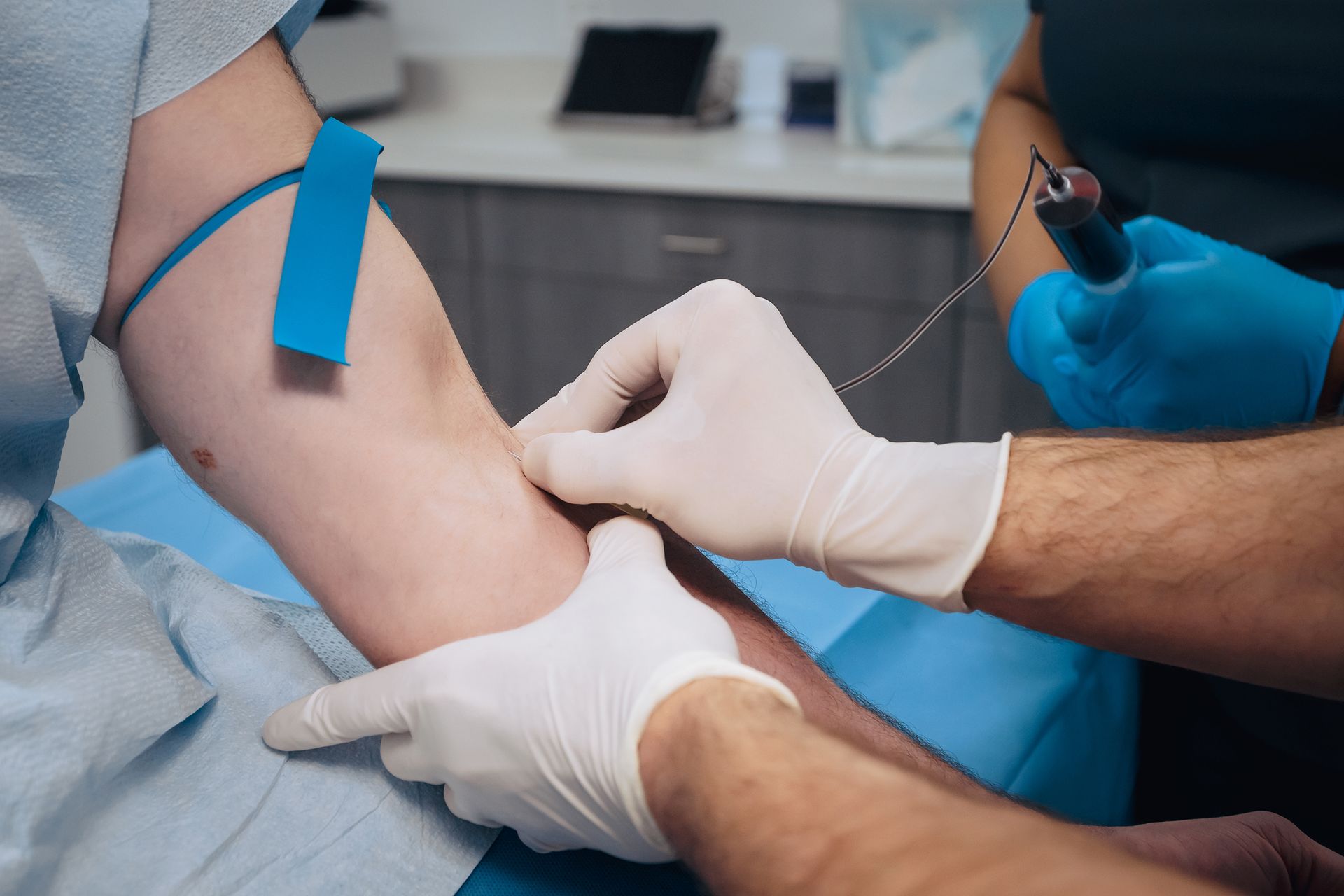
How Can Stem Cells Help To Heal My Back?
Stem cells are also known as medicinal signaling cells and have the capacity to rapidly direct the healing process. This ultimately leads to regeneration of spinal joint tissues that have been damaged from wear and tear. When injected into the spine, they can turn into ‘chondrocytes’. These are cells that lay down fresh cartilage, which repairs the damage in a degenerated disc. The cells also reduce inflammation, which in turn reduces pain (Sampson et al, 2017). The end result can be to reduce pain while improving physical function and in some cases lead to a pain free spine.
- Pettine et al (2017) followed 26 patients who had undergone intradiscal injections with stem cells for three years. These patients had originally been candidates for spinal fusion or disc replacement surgery. 20 patients reported improvement in pain and function, and no adverse events occurred due to harvesting of stem cells or their injection in any of the patients.
- Ambach et al (2017) reviewed several studies that tested the efficacy of adult stem cells on intervertebral disc disease. These studies have all shown improvement in pain scores, with the relief of pain being directly proportional to the amount of stem cells injected. MRI scans have also shown that the progression of degenerative disc disease was halted, and better quality cartilage was laid down.
- A meta-analysis of several studies was also done by Wu et al (2018). They reviewed six studies for pain and disability index outcomes. They concluded that patients who underwent mesenchymal stem cell therapy for lower back pain had improved pain scores, and better disability index scores.
Am I The Right Candidate For Stem Cell Injections for lower back pain?
Stem cell therapy for lower back pain is ideal for patients who’ve had traumatic injuries to the back, and those who’ve lived with chronic pain for a long time.
- Have you suffered from lower back pain for over three months?
- Are conservative treatment options not working for you?
- Would you like to continue sports or athletics?
- Would you rather avoid invasive surgery at all costs?
If the answer to most of the above questions is ‘yes’, you should be considering stem cell therapy for lower back pain and to avoid surgery. Spectrum Stem Cell and Regenerative Medicine Center helps you decide whether stem cell therapy is right for you.

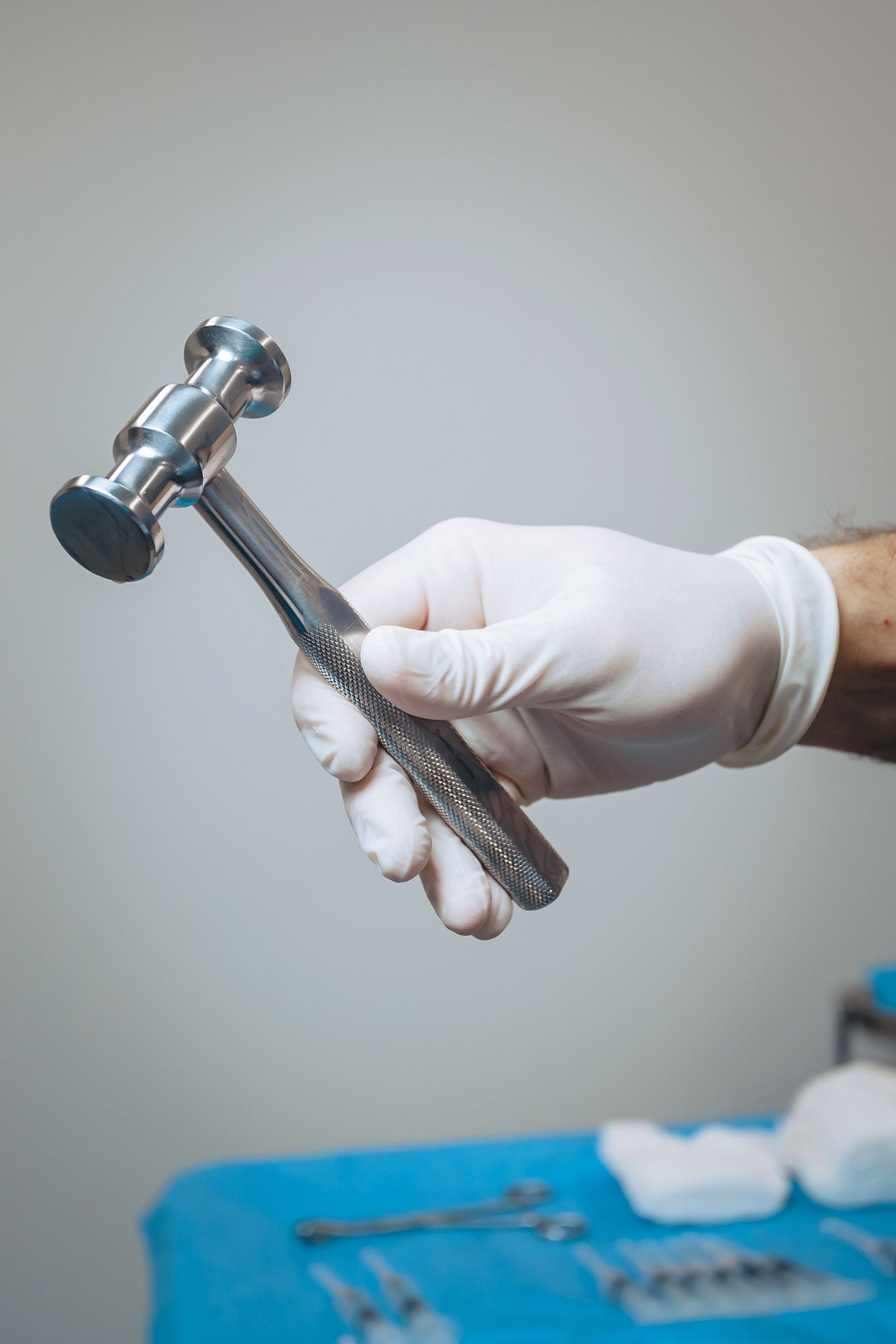
What does the procedure involve in stem cell therapy for lower back pain?
Stem cell therapy injections for lower back pain can be done as an office procedure, and does not require general anesthesia. You may be provided with nitrous gas in order to be more relaxed and help with pain from the procedure. The area from which the stem cells are harvested, and the area to be injected will both be numbed with a local anesthetic solution.
We harvest adult stem cells both from bone marrow and adipose tissue. Bone marrow cells will be taken from the back of your hip, while we usually use the abdominal area to gather adipose stem cells. These cells will be separated for injection. We may also draw some blood from you, to garner platelet rich plasma, which will provide additional growth factors and accelerate the healing process.
These cells we separate through our advanced centrifuging process are then prepared for injection into your spine. The area of the spine that will receive the injection is then visualized through fluoroscopic imaging. This is the gold standard for safe spinal injections. Our doctors have extensive training in real-time x-ray guidance. We use these skills to ensure that injections are anatomically precise and delivered to the exact location. The entire process will take three to four hours. Throughout the injection procedure, you’ll be kept informed of what’s happening, and multiple staff will be available to ensure that you’re safe and comfortable.
Why Should I Opt For Stem Cells for the lower back Over Other Injections And Surgery?
Stem cell therapy is a more ‘natural’ method of treatment for lower back pain, as it utilizes the biological mechanisms of the body to repair damaged tissue. Unlike steroid injections, adult stem cells by themselves cannot actually harm the body. This is unlike injections of steroids and local anesthetics, which have several side effects and eventually hasten damage of the disc.
Since stem cell treatment for lower back pain is an outpatient procedure, you avoid all the protocols associated with surgery. This means no lengthy preoperative workup, and no long hospital stays. All you need is a single consultation before the actual procedure, which may last for around an hour. You will be able to go home with assistance on the actual day of the procedure. As the procedure is minimally invasive, you wonn't need prolonged bed rest and rehabilitation. You’ll be able to resume normal activities almost immediately!
Stem Cell Therapy for Back Pain
There are no serious adverse effects to stem cell injections in the lower back. In the past, there have been concerns about tumor growth, because theoretically, stem cells can turn into anything. This, however, is a feature associated with pluripotent stem cells. At Spectrum Stem Cell and Regenerative Medicine Center, we use only adult stem cells, from bone marrow and adipose tissue. These have not been associated with abnormal growth of any kind. Also, since the stem cells are harvested from your own body, there is no risk of rejection or an allergic reaction.
Side effects can occur with the regenerative injection procedure. These include pain, swelling and bruising at the injection site. However, our doctors are extremely skilled in the stem cell injection technique, and these complications are kept to a bare minimum.
As with any procedure, stem cell injections in the lower back carry a slight risk of infection. We at Spectrum Stem Cell and Regenerative Medicine Center believe in using aseptic techniques throughout, and the entire procedure, from harvest to injection in the lower back, is carried out under strict sterile conditions. This ensures that infectious complications rarely occur.


